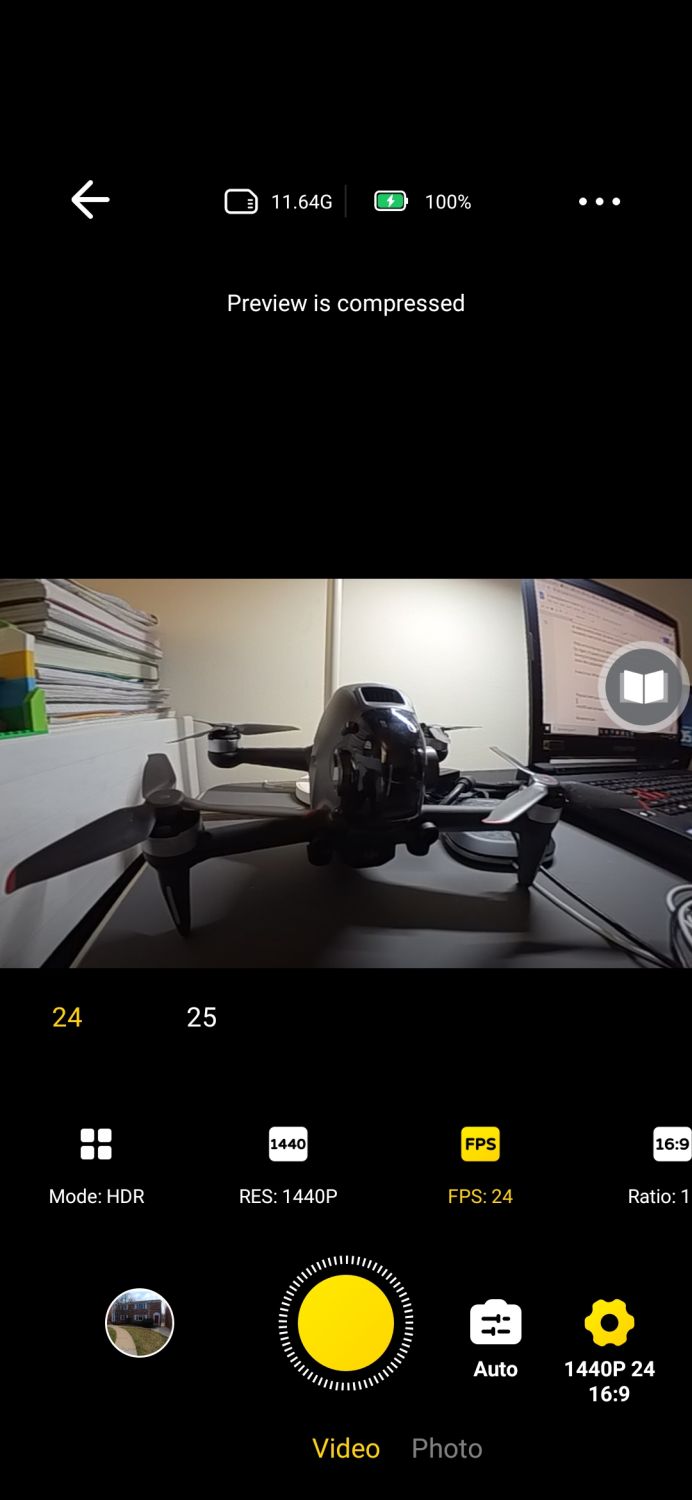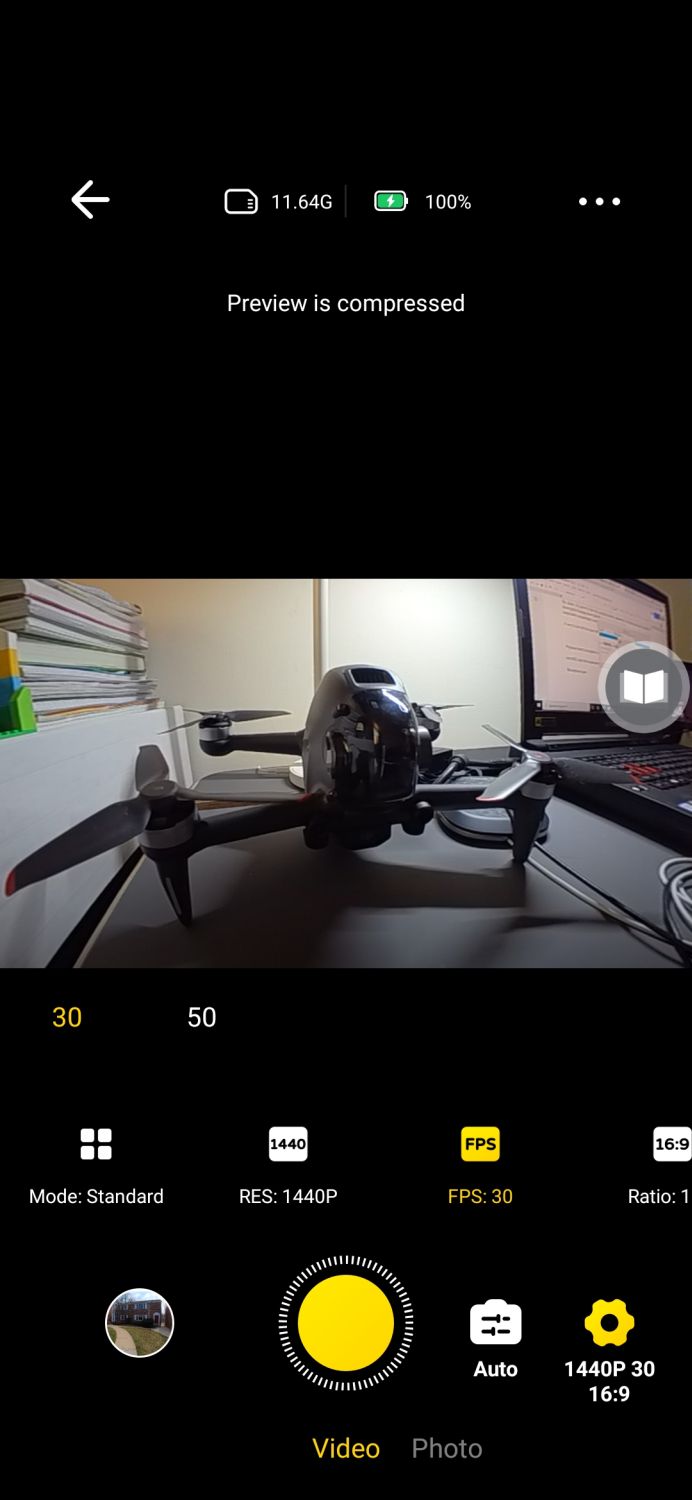The reviews are unanimous — everyone has fallen in love in the Insta360 Go 2. There are plenty of reasons why the action camera is appealing to users, like its ultra-compact design, grab-and-go usability, versatile accessories, and superb stabilization.
I’ve spent a short time with it, and while I’m astounded by the kind of unique storytelling I’m able to capture with it, there are several things that prevent it from being the ultimate life camera. Here are five missing features that would make the Insta360 Go 2 even more awesome than it is right now.
Native 24 fps capture
Technically, there is a native 24 frames per second (fps) capture option, but it’s only available for HDR video. That’s great, but content creators such as myself would prefer seeing this option in all video recording modes. By default, the 30 fps option offers broad appeal, but it doesn’t necessarily make for the best conversion later on when the footage is exported in 24 fps.
While we’re on the topic of capture, the only other frame rate option with the Insta360 Go 2 is 50 fps. Again, it’s useful to have for recording action sequences, but that leaves out the option of slowing the footage down later on in post by half if you’re exporting in 30 fps. Ideally, 60 fps would offer substantially more utility.
A way to turn off the buzzing

Whenever a video or photo is captured, the Insta360 Go 2 vibrates to indicate when it starts and ends. I get that it’s necessary to distinguish when it’s recording or not, but the vibration can still be enough to ruin some shots — which is why I’d love to have the option to turn it off.
Unfortunately it’s not there yet, but something I imagine would be an easy feature to include in a future firmware update. The issue I have with the vibration is that it can knock the Insta360 Go 2 from carefully propped positions, such as against a surface, wall, or ledge. The included case and other mounts help to eliminate this, however, there are tighter places it can’t access when it’s in the case. By itself, the rounded edges and corners of the camera unit maks it impossible to keep steady for a specific shot.
Physical connection to mobile devices

In order to access footage on the go, you’re required to connect the Insta360 Go 2 to a smartphone using Wi-Fi connectivity and the app. While the app has its own problem (constant crashes), the direct Wi-Fi connectivity just isn’t as reliable as physically connecting the camera to a smartphone — similar to how the DJI Pocket 2 can dock to a smartphone.
Additionally, the connection isn’t the most reliable because of the latency that I’ve experienced using the app. It’s not terrible to the point that it makes the camera unusable, but it’s still enough to sometimes have connectivity issues when I’m at hom,e where it’s competing against other Wi-Fi-connected devices. The simple fix here would be some sort of attachment using the Lightning port on iPhones or USB-C on Android devices.
MicroSD card slot expansion

I have yet to come close to filling its 32GB of internal storage, especially when its capture resolution tops out at 1440p. Still, it would make it more convenient if there was a microSD card slot — every other action camera has one built-in. Yes, the diminutive size made it impossible for the company to include one, especially given how it could compromise the camera unit’s IPX8 waterproof construction, but I could see one included with the charging case.
The microSD card slot would add another level of convenience when it comes to offloading content from the camera module. You could technically use USB mode on a computer to offload the clips, but I can’t tell you how much more frequently I rely on a microSD card.
Microphone jack

One of the main reasons why the DJI Osmo Action remains my favorite action camera is because I can attach a microphone to it, using a special accessory that connects to its USB-C port. With the Insta360 Go 2, though, there’s no way at the moment to attach a microphone to it — nor is there an accessory on the horizon that would bring this functionality.
I personally use wireless microphones a lot, mainly because they allow for more freedom — and you don’t get that distant sound quality when you move away from the camera. Again, Insta360 could easily remedy this by either introducing a dedicated headphone jack to another version of the case, or by offering an adapter that could connect to the USB-C port.





